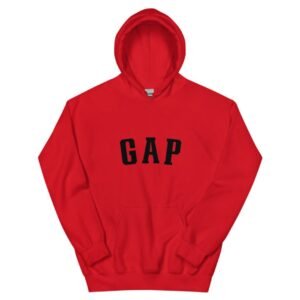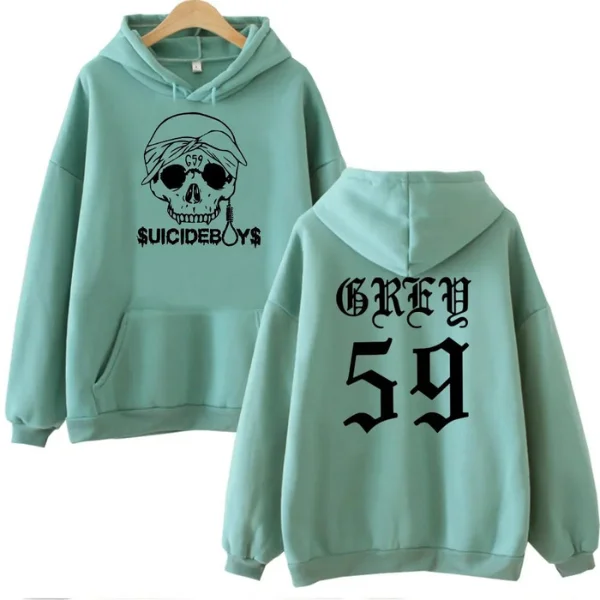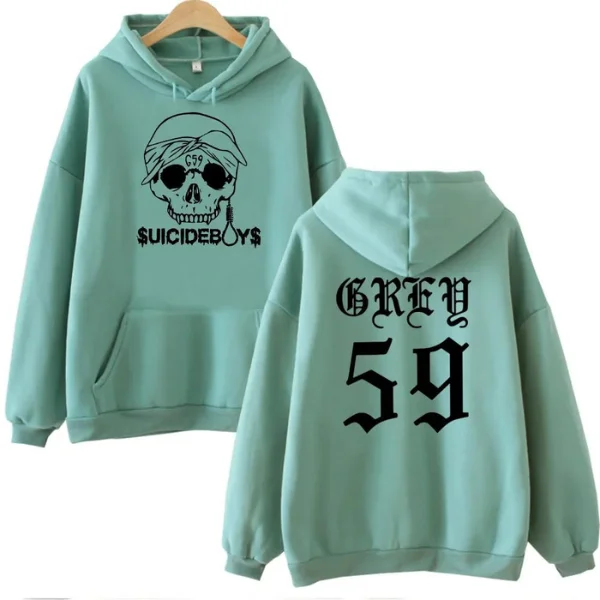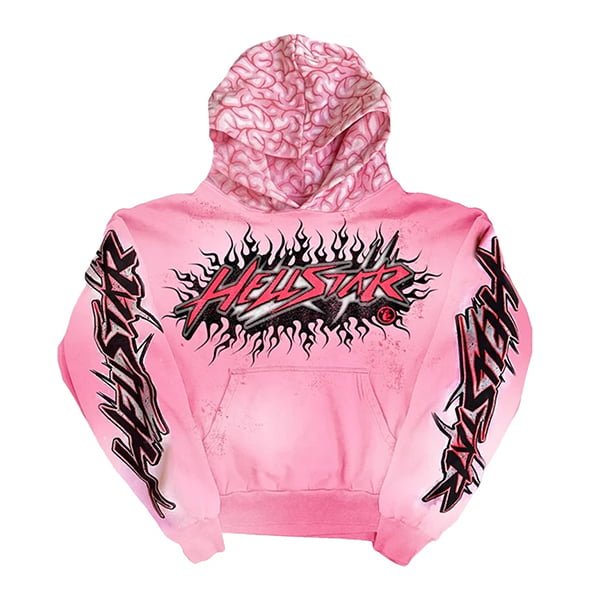
Beyond the Gym: Hoodies Taking Over the Streets
Once primarily associated with athletic wear, the humble hoodie has transformed, emerging as a staple not just for the gym but for streetwear and everyday fashion. What was once seen as a purely functional garment designed for warmth and comfort has evolved into a bold style statement, influencing both urban and high-fashion trends. Today, hoodies are a common sight in the streets, worn by people of all ages and backgrounds. But how did this shift occur, and what makes the Red Yeezy Gap Hoodie such a dominant force in street fashion? Let’s explore how the hoodie has gone from the gym to the streets and become a symbol of urban cool.
The Hoodie’s Streetwear Roots: From Functional to Fashionable
The rise of the hoodie in streetwear culture can be traced back to the 1980s and 1990s, when hip-hop artists, skaters, and athletes began adopting the garment for its practicality and comfort. Its association with youth culture and rebellion, especially within urban environments, solidified the hoodie’s status as a symbol of individuality. Early pioneers of street fashion, like the hip-hop community and skateboarding subcultures, embraced the hoodie for its relaxed fit and the sense of anonymity it provided. As streetwear grew in prominence, the hoodie began to feature bold graphics, logos, and unique designs, making it a powerful form of self-expression. This trend expanded beyond subcultures, and soon, everyone—from fashion enthusiasts to casual wearers—began embracing the hoodie as part of their everyday wardrobe.
The Rise of Designer Hoodies: Streetwear Meets High Fashion
While the hoodie has always been a streetwear essential, its influence has expanded into the luxury fashion market. High-end brands like Balenciaga, Off-White, and Vetements have redefined the Certified Lover Boy Hoodie, making it a key piece in modern fashion. These designer hoodies often feature unique designs, logos, and high-quality materials, giving the garment a luxe twist. The fusion of streetwear and high fashion has led to the rise of “athleisure” trends, where clothing designed for comfort—like hoodies, sweatpants, and sneakers—is now embraced by both casual consumers and the fashion elite. The luxury hoodie has evolved from a simple pullover to a status symbol, blending comfort with exclusivity and becoming a must-have in the wardrobes of trendsetters and fashion influencers.
The Hoodie as a Canvas for Street Art and Expression
In the streets, the hoodie has become more than just clothing—it’s a canvas for art and expression. Graphic design and bold visuals have become key components of the hoodie’s transformation. Whether it’s logos from popular streetwear brands or custom artwork reflecting political messages, social movements, or personal beliefs, the hoodie is often used as a medium for showcasing one’s identity. Artists and designers have taken full advantage of the hoodie’s surface area to communicate messages and create visuals that resonate with youth culture. This makes the hoodie not just a functional garment, but a tool for social commentary and personal expression, often carrying a deeper meaning or reflecting the values of the wearer.
Street Fashion Icons: The Hoodie as a Symbol of Cool
Fashion icons, influencers, and celebrities have been instrumental in bringing the hoodie to the forefront of street style. Figures like Kanye West, Rihanna, and Pharrell Williams have all embraced the hoodie as part of their signature looks. As celebrities continue to wear oversized, graphic, and luxury hoodies in public. So their influence has fueled the hoodie’s growth in popularity. Streetwear brands like Supreme, BAPE, and Stüssy have become synonymous with cool. And their iconic hoodie designs are often seen as symbols of exclusivity and cultural relevance. The hoodie is no longer just something you wear to run errands. It’s become a fashion statement that denotes cultural awareness, confidence, and a sense of style.
The Hoodie’s Role in Political and Social Movements
Beyond its status as a fashion piece, the hoodie has played a significant role in political and social movements. The tragic shooting of Trayvon Martin in 2012 brought the hoodie into the spotlight as a symbol of racial justice and equality. The #BlackLivesMatter movement and other social justice campaigns have used the hoodie. As a way to call attention to issues of racial profiling and discrimination. The garment became a symbol of solidarity, with individuals and activists wearing hoodies to honor Trayvon Martin’s memory and protest systemic inequalities. In this context, the hoodie transcends its status as a fashion item. Becoming a powerful tool for advocacy and social change.
The Versatility of the Hoodie: From Casual to Street Chic
What makes the hoodie such a beloved streetwear item is its incredible versatility. It can be dressed up or down depending on the occasion. Whether you’re layering it under a jacket for a polished street chic look or pairing it with jeans and sneakers for a relaxed vibe. Then the hoodie adapts to a wide range of personal styles. Oversized, fitted, zip-up, or pullover—there’s a hoodie for everyone, no matter your aesthetic. The wide range of materials, colors, and designs available also allows individuals to experiment with their look and mix and match styles. But making the hoodie a staple that never goes out of fashion.
Conclusion: The Hoodie’s Enduring Reign in Street Fashion
The hoodie’s journey from gym wear to streetwear icon is a testament to its adaptability and timeless appeal. It has evolved beyond a simple pullover to become an https://digitrendwatch.site/ essential piece of fashion. However, transcending cultural boundaries and social classes. Today, the hoodie is worn by people from all walks of life and has earned. So its place as a symbol of style, comfort, and self-expression. Whether through luxury designs, bold graphics, or political messages. The hoodie continues to take over the streets. So proving that it’s more than just a piece of clothing—it’s a cultural phenomenon. As the hoodie maintains its strong presence in both everyday wear and high fashion. One thing is certain: it’s not going anywhere anytime soon.






